The Australian Bureau of Statistics (ABS) yesterday released its inaugural Australian Health Survey: Consumption of added sugars, 2011-12, which revealed that Australians are consuming way too much added (“free”) sugars:
One in two Australians (52 per cent) usually exceed the World Health Organisation’s (WHO) recommendation that free sugars contribute to less than 10 per cent of total energy intake, according to new Australian Bureau of Statistics (ABS) data.
Director of Health, Louise Gates, said the new ABS report showed the average amount of free sugars consumed was 60 grams per day (equivalent to 14 level teaspoons of white sugar).
Free sugars include the added sugars from food and beverage processing and preparation as well as honey and the sugar naturally present in fruit juice.
“The groups most likely to exceed the WHO recommendation were children and young people aged 9-13 and 14-18 years with close to three-quarters of them usually deriving 10 per cent or more of their energy from free sugars,” said Ms Gates.
“The highest consumption of free sugars was among males aged 14-18 years who averaged 22 teaspoons per day, while the top 10 per cent of male teenagers have at least 38 teaspoons of free sugars per day.”
Beverages were the source of just over half of the free sugars, with soft drinks, sports and energy drinks providing 19 per cent, followed by fruit and vegetable juices with 13 per cent. The leading food sources of free sugars were muffins, cakes or scones and confectionary (each contributing 8.7 per cent), followed by free sugars in honey, jams (and similar spreads), ice confection and plain sugar.
The results follow Credit Suisse’s October 2013 report, entitled Sugar: Consumption at a crossroads, which showed that Australia has one of the highest sugar consumption rates in the world, clocking in at more than double the world’s average sugar consumption:
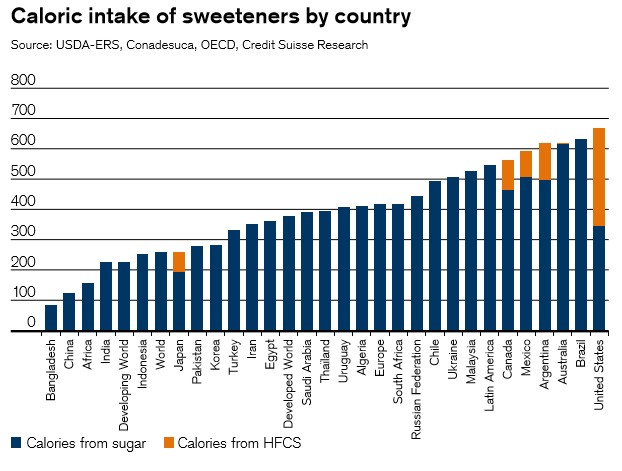
I am certainly not surprised by these results. Australia’s nutritional science establishment too often ignores free sugars in its dietary guidelines.
Consider the Government’s Health Star Rating system and the National Heart Foundation Tick program, which are both fundamentally flawed.
For example, how is it that reconstituted apple juice, which contains a whopping 26.8 grams of sugar per serve, receives a 5-star health rating?
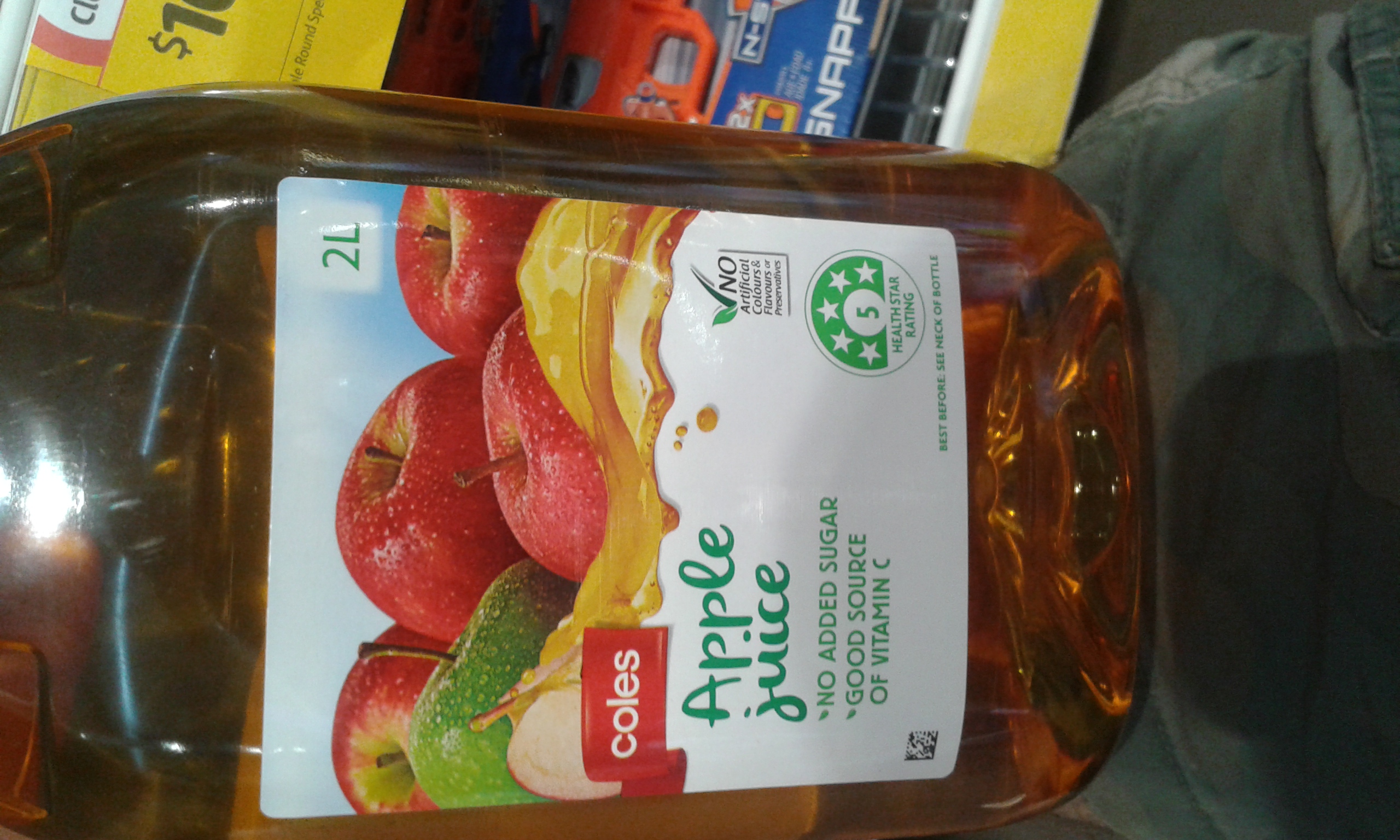
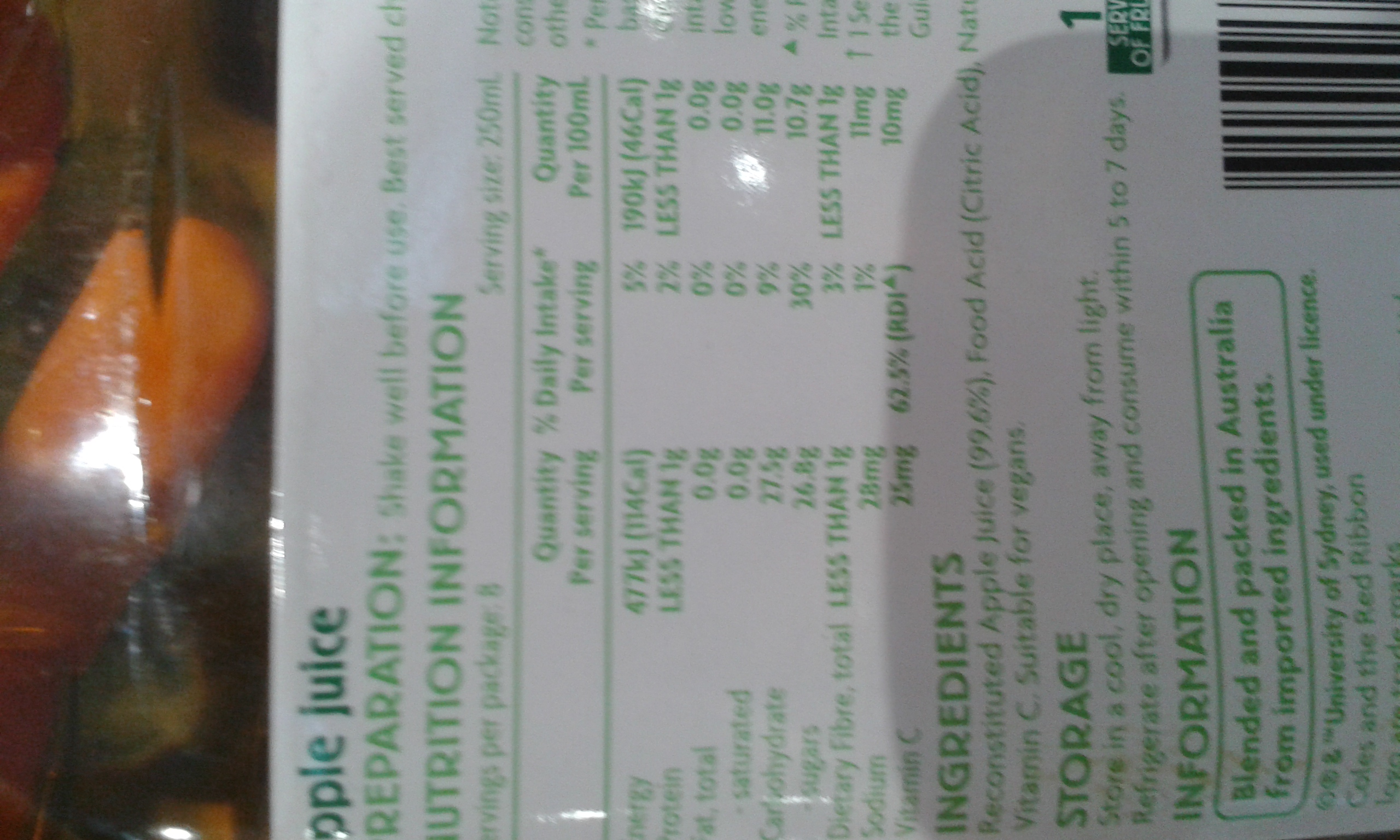
Similarly, how does a highly processed box of cereal, like the one shown below, receive a healthy 4-star rating and the Heart Foundation Tick despite containing 23.5% sugar?
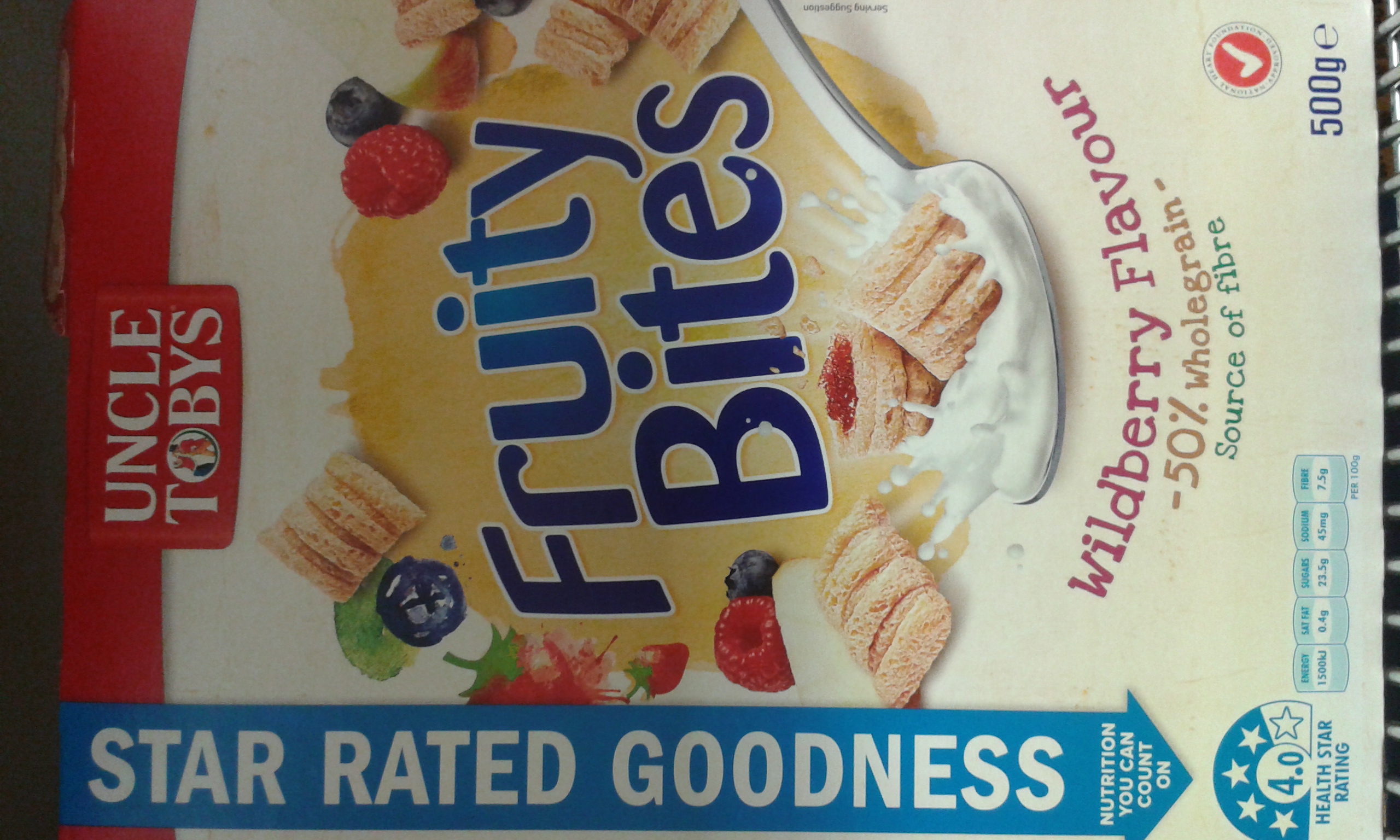
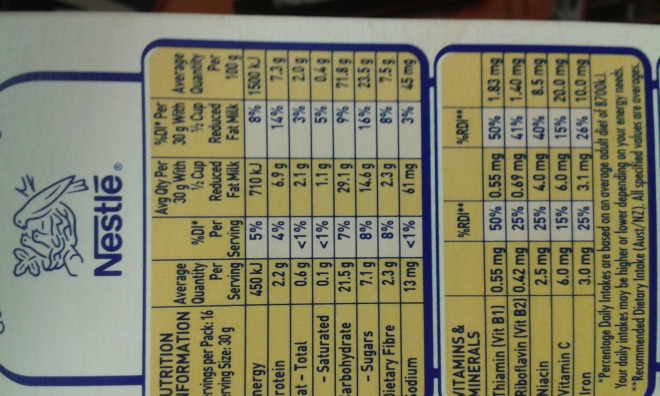
And how does a processed sugary chocolate-flavoured “Up and Go” milkshake, which contains 19.3 grams of sugar per serve, receive a healthy 4.5 star health rating?

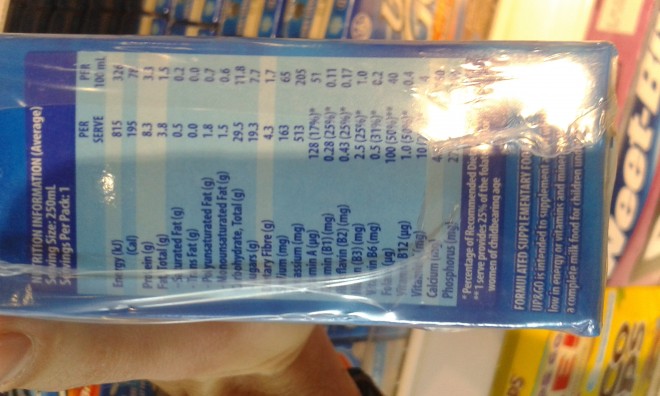
Is there any wonder why sugar consumption is sky-high, and diabesity is a growing epidemic in Australia, when our nutritional science establishment continues to ignore the elephant in the room while wrongly pinning the blame on saturated fats?

